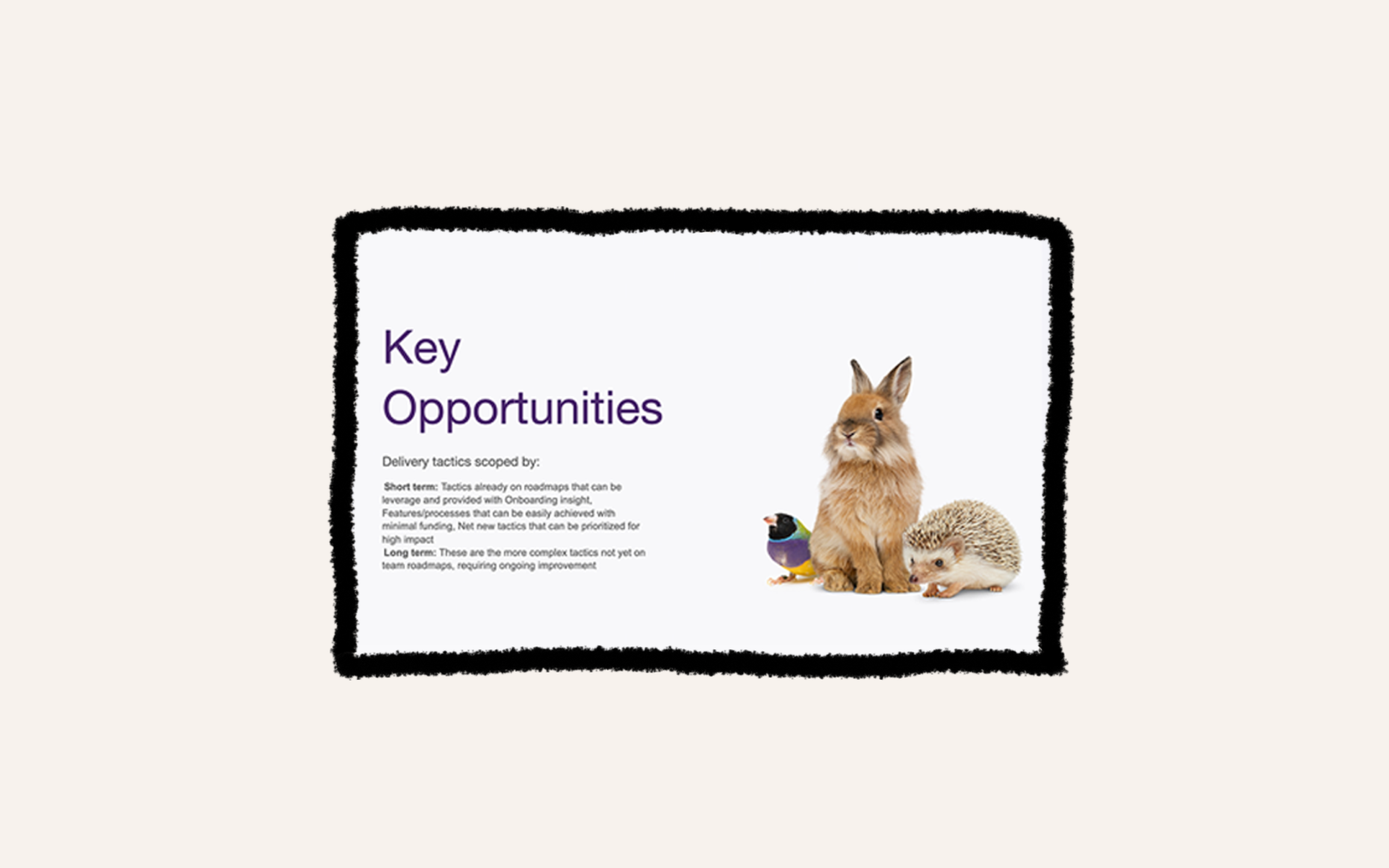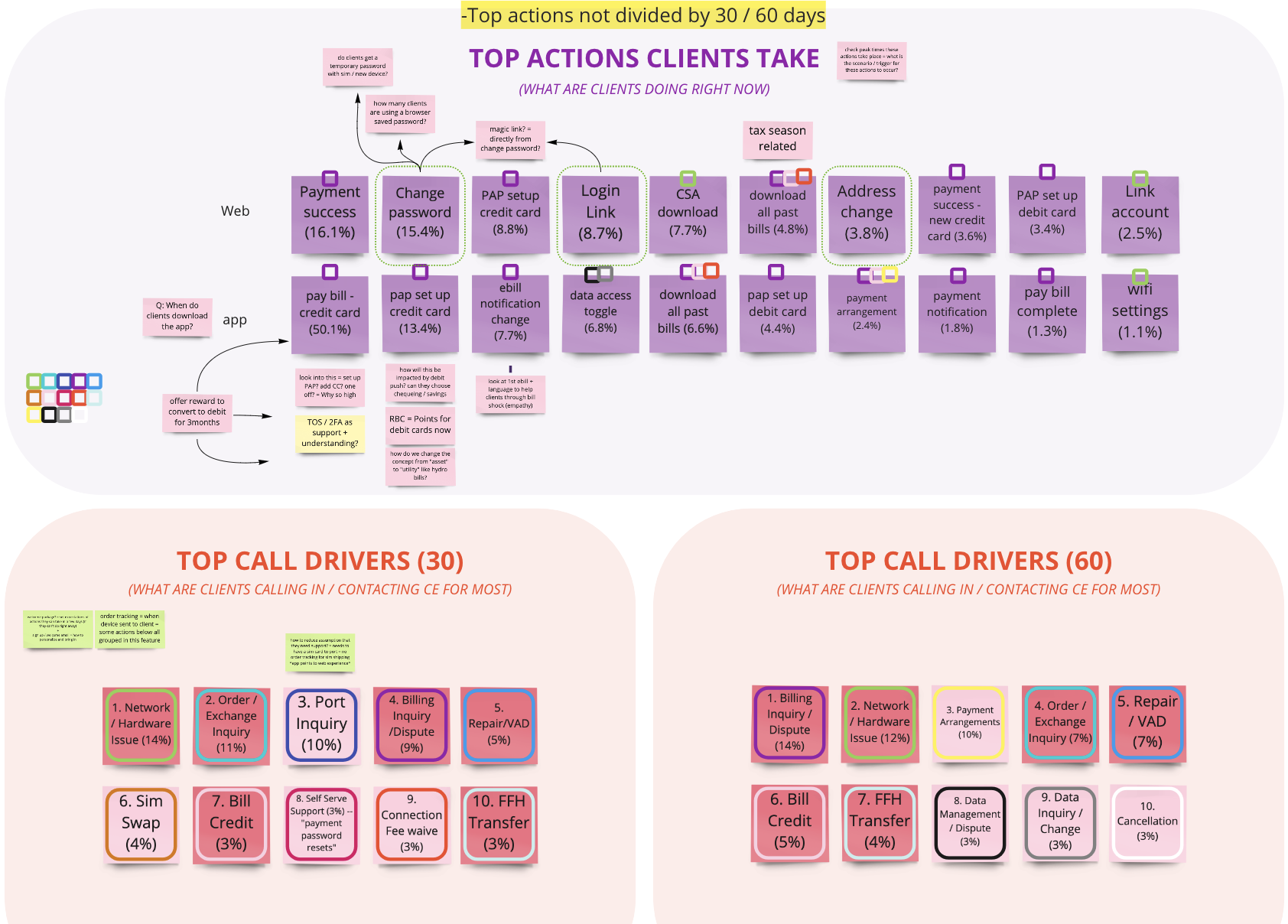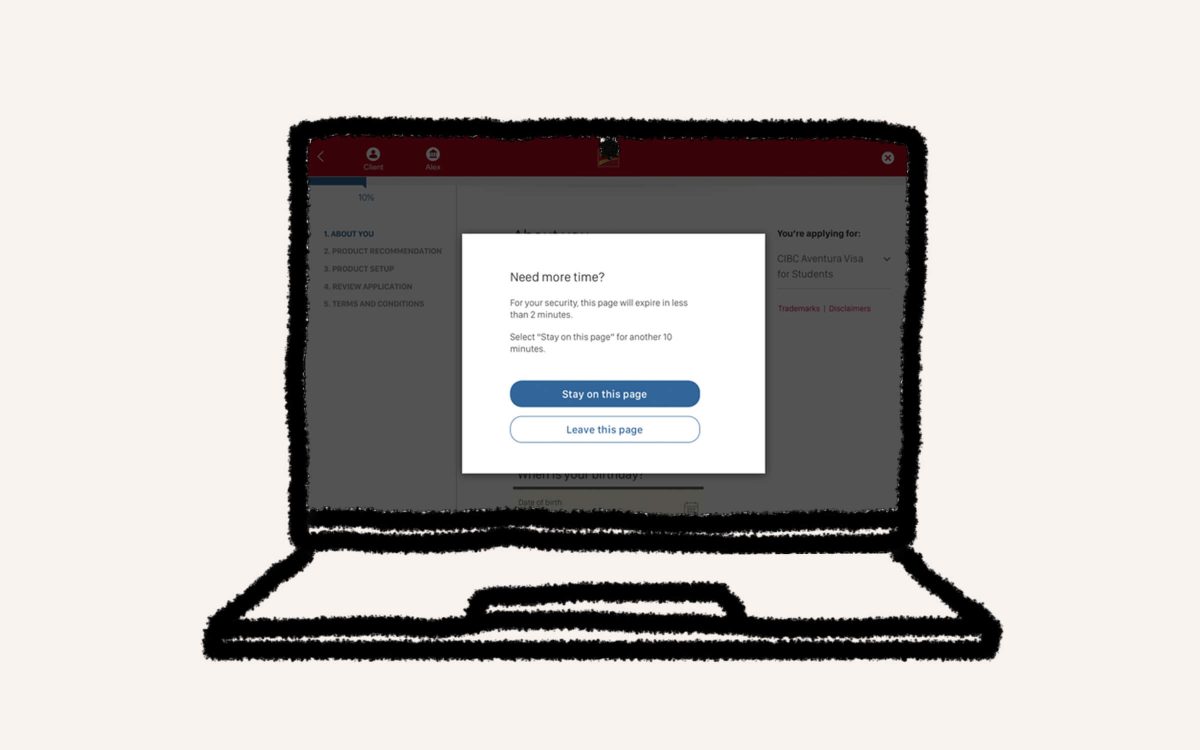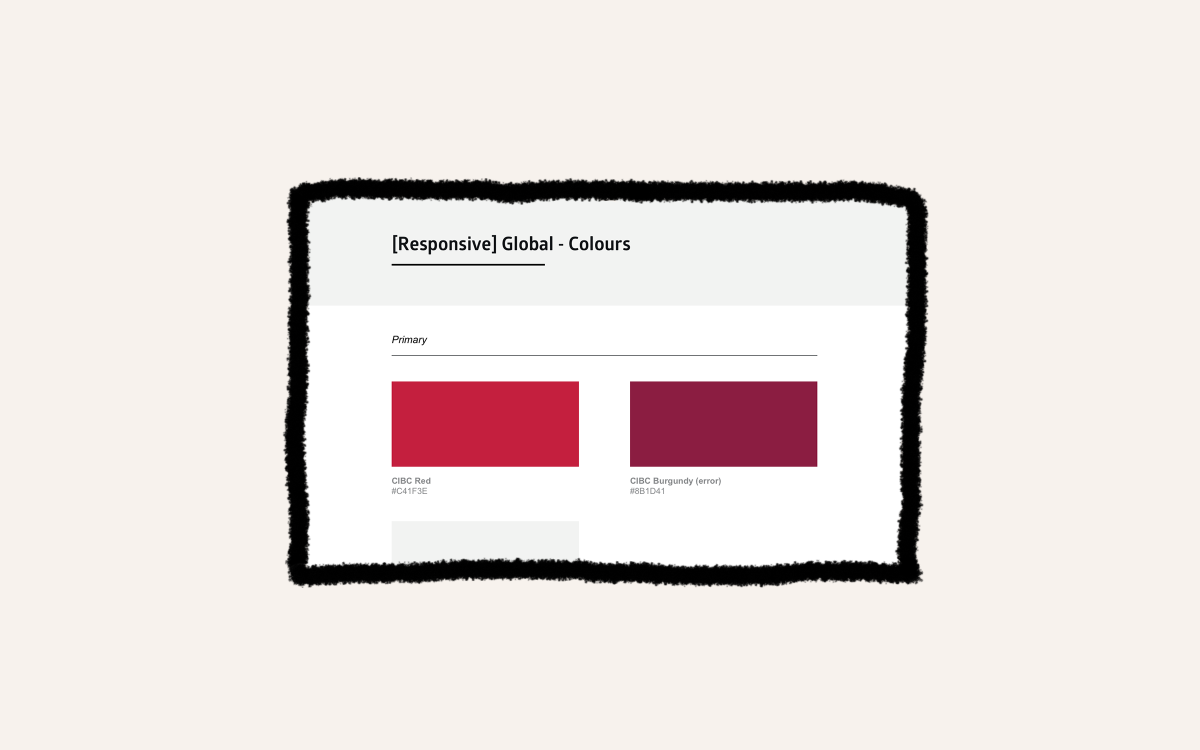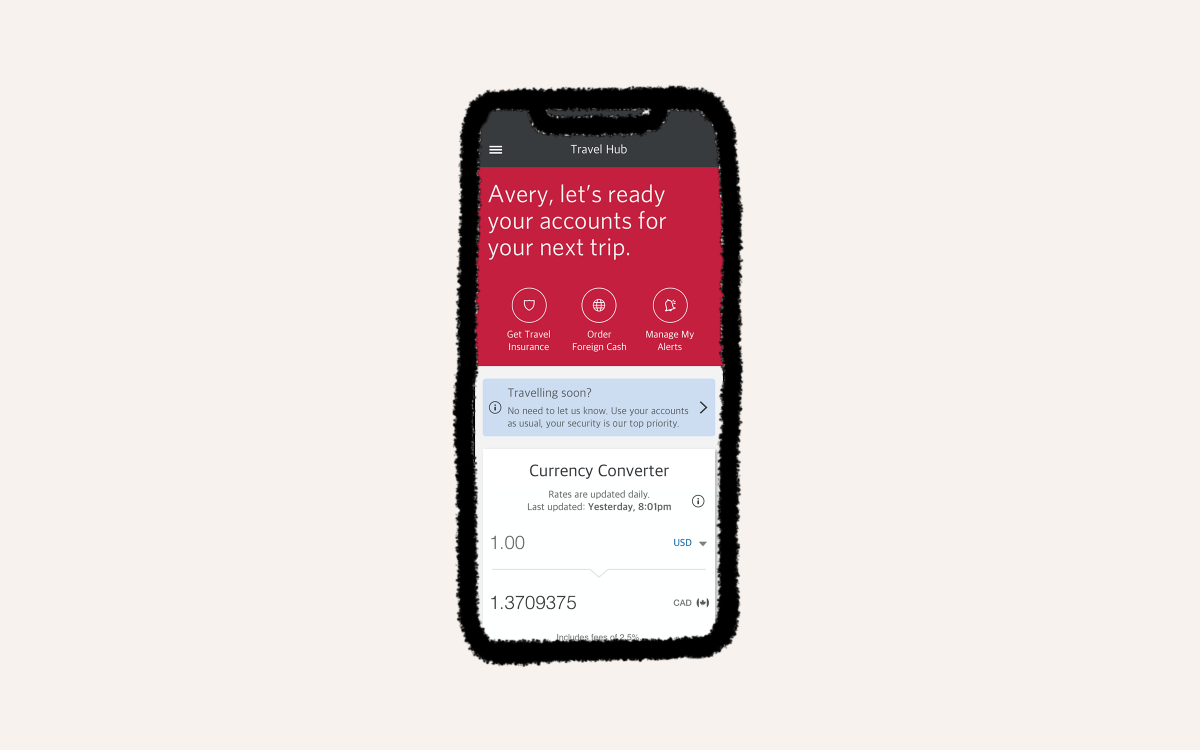Focusing client actions for onboarding success
46% of Telus’ customers would directly call-in for support, due to unclear onboarding messaging. Additionally, account navigation and site architecture was not intuitive to flow through. I lead a program strategy for TELUS to reduce call drivers within the first 60 days of customer onboarding. The result: over $300k in OPEX savings and 20% call reduction in the first 3 months of implementation.
Role: Product Design Lead
Timeline: Phased over 1 year
Responsibilities: Program & User Experience strategy, E2E design support

Where did we start
Discovering goals
The initial scope our business partners requested was a single post-login welcome message on our responsive website. Based on industry trends, onboarding is much more than a single moment in a customer’s journey, with cross-channel touch points, and customer needs that evolve over time.
Based on this insight, I lead a series of workshops amongst product, business and marketing primes digging into business outcomes, problems to solve, target audience and the value Onboarding would bring our customers. During the sessions, I guided conversations to be open, exploratory, and user-centric. The methods I used were opportunity reframing techniques and a Lean UX Canvas.
Auditing current state
Now that our teams agreed on product goals, I hosted working sessions with product, marketing, analytics and COE to collect current data. If our goal was to reduce calls, we needed to look at the actions clients were taking before they called, and understand how to keep customers in a self-serve loop. Data was broken down into top actions and call drivers in the first 30 and 60 days, which we used as key our performance indicators.
Uncovering trends
Very quickly the team realized most of our journeys were not ideal, and pre-established KPIs the team had been working with, did not match customer behaviour. For example the team’s KPI for First Login was believed to be within the first 7days of onboarding, but our data showed first login was at 30 days, likely due to customers receiving their first bill. I worked with the collected data to understand why clients were taking actions when they did, and why flows weren’t performing as we thought.
I colour coded top actions and call drivers by relation (bill related, usage related, etc.) to build hypothesis, and began brainstorming solution tactics that could solve pain points.
Mapping the customer journey
Next, I created a typical two year client lifecycle, expanding into a current-state service blueprint of the onboarding journey. Using a behavioural archetype mindset technique, I marked key mindset shifts and noted flows that caused client pain points in yellow and red.

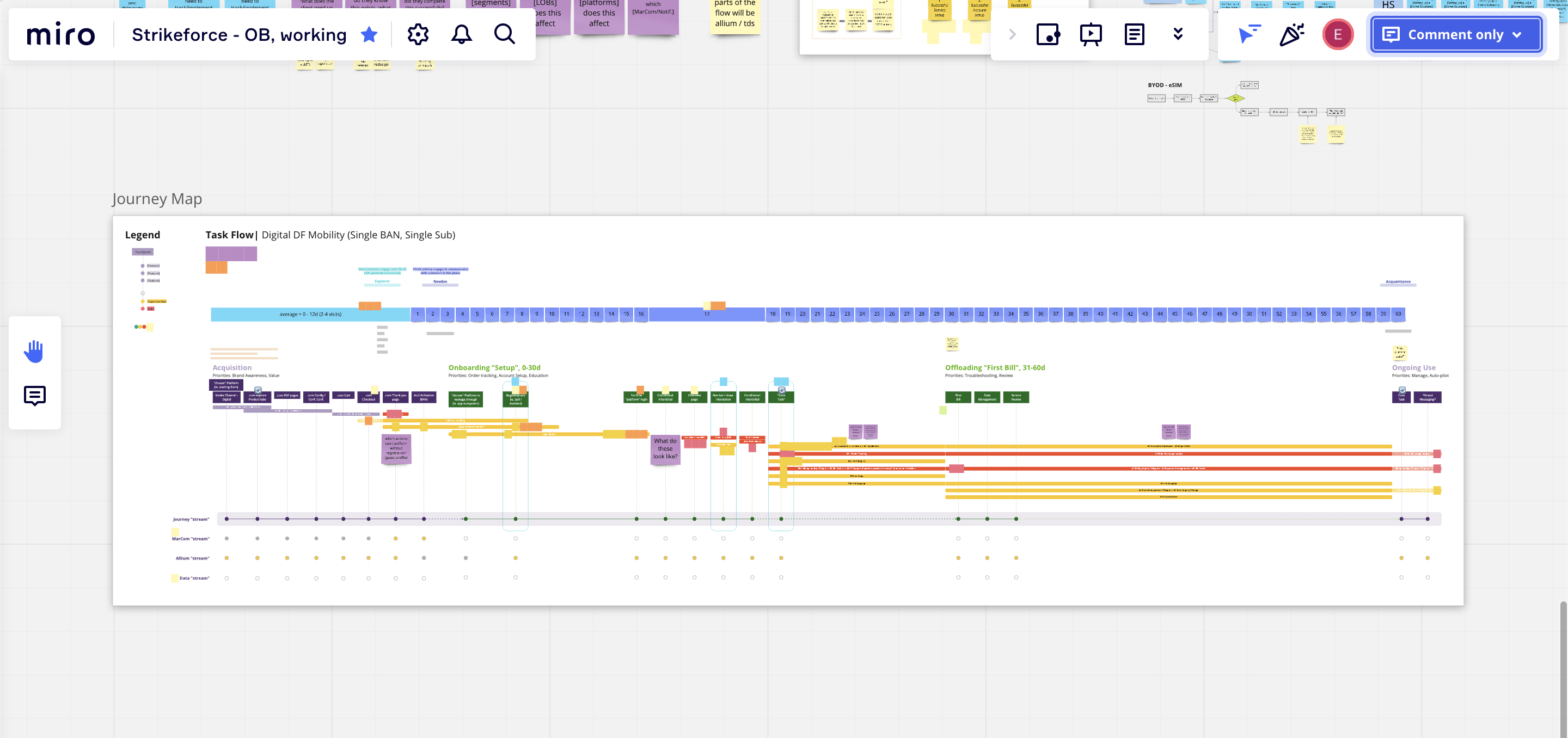
As a team, we presented finding back to our core stakeholder groups for alignment. Many were surprised by our findings, and new partner teams were involved to further uncover customer data. Our discovery exercises helped identify gaps at an enterprise level, and visualized how large of a gap our team needed to close, in order to transition form current state to ideal state.

How did we go from feature to program
The data from our discovery workshops was undeniable. Our end to end journey needed to improve if we wanted to reach our self-serve and retention goals. Our stakeholders were data motivated, so I rooted positioning statements in data to convince the teams.
I used a story of Ikea’s furniture assembly process to articulate how customers felt when onboarding without the proper education and support. It was a relatable story that helped our stakeholders empathizes with our customers.
Then I shared a critical metric: our data showed that the first 20% of a customer’s journey, accounted for 80% of their self-serve success with our brand. With this, our stakeholders agreed more needed to be done to improve the customer onboarding journey.

How did we deliver
Completely redesigning our end-to-end customer journey could not be completed at speed in one phase, nor by a single team. Collaborating with my product, tech and business leads, we broke down critical work into phases using the now, next, later methodology. I successfully pitched a program workstream team to be assembled; built of myself and business, product and technology leads. Our program worksteam team’s responsibility was to govern the execution of work and communicate delivery timelines. We provided hands on support in the pods we were directly a part of.
Opportunity Space
Based on our discovery data, we recognized that the majority of onboarding pain points were caused by billing, usage and account setup flows.
Bill shock, additional charges and/or missing credits, drove 54% of calls during onboarding. The good thing however, was that this group of customers had at least one self-serve attempt before calling in; which meant they wanted to self-serve, but something in our flows was failing them. Working with the billing workstream team, we addressed these pain points during their e-Bill redesign project.
Lack of UI familiarity, sub-par navigation and support options comparatively drove more calls (46%) during onboarding, with no action attempts before customers called. The worst part? Product teams were not aware of these issues nor currently solving these pain points on their roadmap. My program team specifically accepted to execute all account setup work, and partnered with remaining workstream teams on usage and management flows.

How was consistency maintained
Experience pillars
With so many teams delivering, myself and the program leads created experience pillars so teams had a guideline for needed to be included within solution tactics. These experience pillars were also used to show stakeholders the phased iteration of tactics in functional, delightful and experiential enhancements.
Solution tactic workshops
I lead working sessions to identify possible solution tactics by workstream. Product Owners were asked to mark features that were inflight, live or upcoming, so we could accurately phase effort and communicate updates with stakeholders. The sessions also helped avoid duplication, since POs had a platform to communicate their roadmaps cross-functionally.


What were the strategic tactics
Our final Onboarding program included over 10 tactics, each with their own phased delivery approach and dedicated omni-channel workstream team. The most impactful tactics we prioritized were:
- Onboarding emails
- Account Activation & Registration
- Overview Redesign (Consumer and Business)
- Pending account state
- Active account state
- Top Actions Area
- Navigation Redesign
- Network & Hardware Device Setup
- Wireless Network & Phone Number port
- Order Exchange & Device Tracking Inquiry
- Digital Bill Statement Redesign

